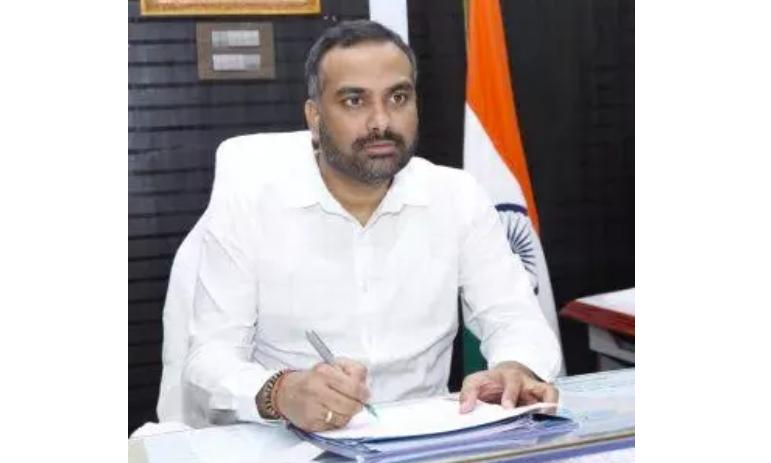
India looks at devising its own standards to assess socio-economic progress
The HinduHealth activists are divided about the Central Government’s move to discard what it calls the one-size-fit-all international data parameters used to measure the socio-economic progress of the country. Central Government has cited three widely used data-driven development indicators — childhood stunting, female labour force participation rate by International Labour Organization and life expectancy at birth by United Nations in its working paper “Re-examining the estimates of India’s development indicators by international organisations’’ by the Economic Advisory Council to the Prime Minister – stating that global standards often present a misleading picture of important socio-economic development indicators. “The examination of well-known development indicators suggest that international agencies systematically underestimate socio-economic progress and this then feeds into wider global indices, but also clouds feedback on policy interventions,’’ says the paper co-authored by Sanjeev Sanyal, member of the Economic Advisory Council. Favoured patterns may look at the half-empty glass, whereas India wants to look at the half-full glass and charge forward.” Dr. Antaryami Dash, deputy director, Save the Children, India said, ”The WHO 2006 growth standards have provided a valuable framework for comparing the growth of children under five across various races and ethnicities, enabling objective and straightforward assessments, particularly when making cross-country comparisons. Pooled data from 21 developing countries demonstrated that the prevalence of severe wasting in infants under six months increased by 3.5 times, while severe child wasting was 1.7 times higher when applying the WHO standard as the new case definition.” “While the WHO 2006 growth standards prove invaluable for global growth comparisons, exercising caution is crucial when applying them to modify clinical protocols or formulate feeding recommendations.
History of this topic

Economic Survey 2023-24: Obesity crisis in India, preventive measures needed
The Hindu
Economic Survey 2023-24: Rising obesity concern, and preventive measures must be taken for healthier lifestyle
New Indian Express
ICMR releases 17 dietary guidelines, says 56.4% of disease burden in India due to unhealthy diets
The Hindu
India slips in global hunger index, New Delhi slams report
Live Mint
COMMENT | Don’t shoot the messenger: Modi government’s uneasy relationship with survey findings
The Hindu
Making disability count: The Hindu Editorial on why NFHS will yield more robust, data on the disability sector
The Hindu
Centre defends National Family Health Survey-6 questionnaire, says disability data won’t change fast
The Hindu
Explained | Why is India rethinking its anaemia policy?
The Hindu
Rights groups demand questions on disability should remain in National Family Health Survey-6 form
The Hindu
Diet and Biomarkers Survey in India launched
Deccan Chronicle
Diet and Biomarkers survey launched at NIN
The Hindu
India slips to 107th position in Global Hunger Index, government alleges bias
The Hindu
Heal the nation before healing the rest of the world
The Hindu
Key indicators from the National Family Health Survey (NFHS-5) 2019-21 factsheet
Hindustan Times
Measuring the change: The Hindu Editorial on reliability of socio-economic surveys
The Hindu
Fertility falls, obesity goes up in India , says National Family Health Survey
The HinduNeeded, a public health data architecture for India
The HinduA close reading of the NFHS-5, the health of India
The Hindu
Measuring progress: The Hindu Editorial on the lessons of National Family Health Survey-5
The Hindu)
India must strengthen ICDS, midday meals to tackle paradox of falling nutrition outcomes amid rising GDP
Firstpost
Discouraging numbers: On National Family Health Survey 2019-20
The HinduNeed to step up efforts to meet nutrition targets, says NITI Aayog report
The Hindu![Underprivileged Children, Lactating Mothers Hit Badly Due To Covid-19; PIL Before SC Seeks Formulation Of New Covid Centric Nutrition Strategy [Read Petition]](https://www.livelaw.in/h-upload/2020/05/05/374271-covid19.jpg)
Underprivileged Children, Lactating Mothers Hit Badly Due To Covid-19; PIL Before SC Seeks Formulation Of New Covid Centric Nutrition Strategy [Read Petition]
Live LawDiscover Related


























)






















